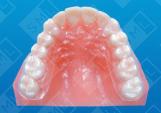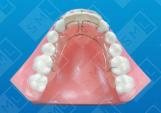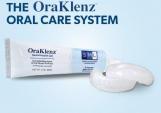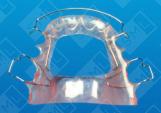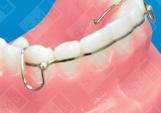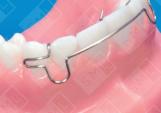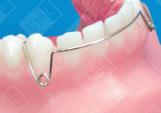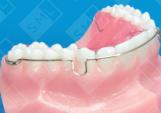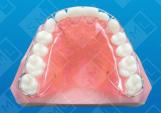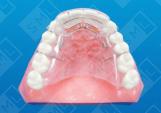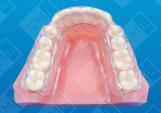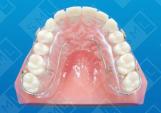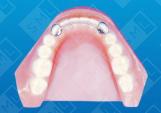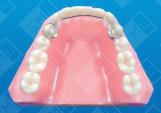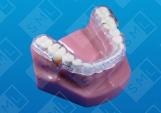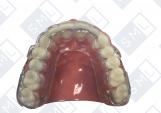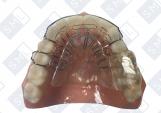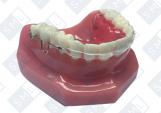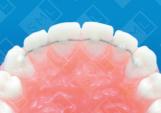
Finishing And Maintaining
After completing orthodontic therapy, a little fine tuning is often required -- this to make sure the occlusion is “settled-in” or to align a tooth that still has a slight rotation. This is particularly true in patients who have undergone extensive orthodontic therapy and are simply “burned out.” Numerous appliances have been designed that will allow you to finish these cases through a combination of minor orthodontic corrections and the use of a patient’s normal function.
Once tooth movement is completed, the final step in most orthodontic procedures is to use some method of retention until the soft tissue and bony changes have stabilized and are able to support the teeth in their new location. To be effective, a retaining appliance should meet certain objectives. It should securely retain each tooth in its new position and prevent the tendency toward relapse. It should permit as much functional activity as possible, allowing the teeth to respond in a normal physiological manner. Finally, the devices should be comfortable, easy to maintain, and as inconspicuous as possible.
Choosing the best approach will be different for each patient. Some of the factors to be considered are:
- Type of orthodontic treatment performed
- Length of retention expected
- Patient age
- Ability of the patient to maintain oral hygiene
- Periodontal condition
- Patient’s future restorative needs
Should a patient prove unable or unwilling to wear the final retainers prescribed, relapse -- especially the return of the crowing in the upper or lower incisors – is likely to occur. When this happens, patients often prefer to have it corrected without having to wear brackets again. If the relapse is caught early enough, a removable finishing appliance is often sufficient to correct the problem. It is also possible to add a variety of patient-pleasing touches to the acrylic portion of the appliance. Different colors (including glow-in-the-dark), decals and even the patient’s name can be added to the plastic. An appliance color selection chart is included on this site -- a great way to encourage patient compliance through involvement in the selection process.
Select another Appliance Category



